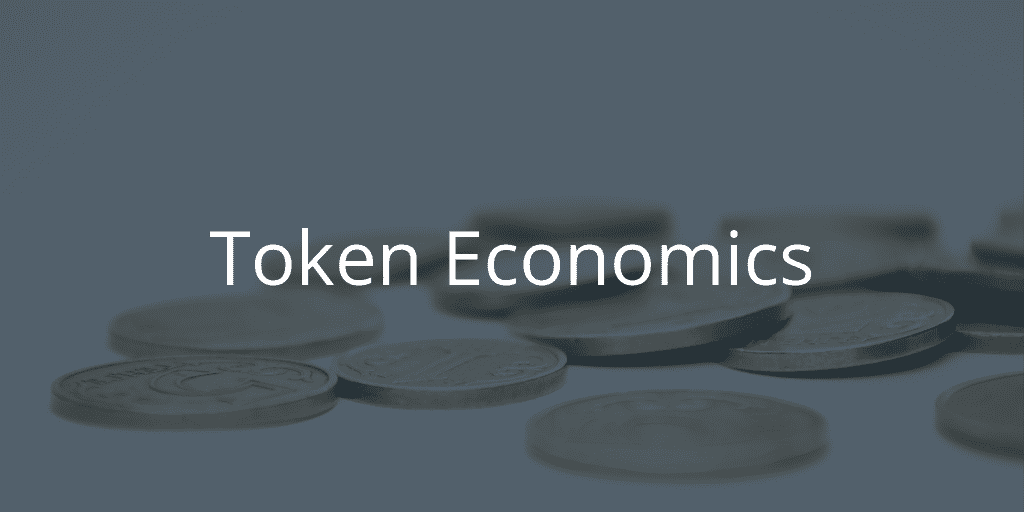The birth of a new form of electronic money that does not require a bank is now almost a decade old. The concept has become accessible to ordinary people because of the ubiquitous use of smartphones. It has also become relatively easy for anyone to issue their own cryptocurrency — all one needs is a computer and some code. Given these trends, this blog looks at some of the macro drivers of cryptocurrencies.
That old spark
Imagine the excitement and confusion that must have prevailed when the potential of electricity started to dawn on people. Incredible things might become possible. We are again in an age where incredible things might become possible. An enabling environment, built around the convenience of mobile phones, has facilitated a global peer-to-peer payments system. This development is being reinforced by the so-called network effect. The more people across the globe who begin to use peer-to-peer payments, the greater the demand will be for those cryptocurrencies that are the most liquid and the most convertible. That same network effect will encourage the growth of new trading platforms and new communities of users wishing to use those cryptocurrencies most suited to their purpose.
To appreciate the backbone of this new arrangement, take a closer look at the numbers presented in Fig. 1. Almost everyone on the planet now has a mobile phone. And take a look at the numbers for Africa, which introduced a mobile payments system long before Europe. In parts of Africa, the mobile operators quickly became de facto banks as the technology outpaced the banks’ and their regulators’ ability to keep up. If peer-to-peer is easier and cheaper, that’s where the business will be heading to.
Figure 1: Mobile-cellular telephone subscriptions in developed and developing countries, millions

Source: www.itu.int, as of October 2017
Freedom, with lower transaction costs
Another key demand-side driver of cryptocurrencies is the widespread use of capital controls. As of October 2016, some 5.1 billion people — almost seventy percent of the world’s population — were subjected to capital controls (see Fig. 2).[i]
The challenge to states imposing capital controls is that there is likely to be growing demand for the ease and simplicity of one’s cryptocurrency wallet on one’s smartphone. Cryptocurrency transfers are much simpler, faster and cheaper than the traditional money transfers done via e-banking, not to even speak about the sort of transfer that still requires a visit to the bank teller or a government official. Cryptocurrency transfers are “permissionless” and work 24/7 — even when the old-style markets are closed. You do not need to wait for a bureaucrat’s stamp or stand in queues
Figure 2: The number of persons (in millions) living in countries with capital controls (2016)

Source: Based on the IMF classification “Controls on payments for invisible transactions and current transfers”, IMF Annual Report on Exchange Arrangements and Exchange Restrictions (October 2016). Population data from the IMF and the UN.
Monetary policy matters too
While inflation in the developed world has been low for an extended period, it is worth recalling that it was a crisis in a financial system built upon fiat money that reportedly led to one Satoshi Nakamoto publishing a paper in October 2008 subtitled A Peer-to-Peer Electronic Cash System. This was about a different kind of cash that did not need a banking system.
In the same way that developments in the world of fiat money influenced the origins and early attention given to Bitcoin, global monetary policy conditions will continue to play a determining role in the value of the more successful cryptocurrencies. Stated simply, if faith in central banks and their currencies is high, there will be less need for alternatives, and vice versa. It is the good fortune of supporters of cryptocurrencies, therefore, that technology permits them to create peer-to-peer money at a time when the world is awash with liquidity — the lowest interest rates in 5,000 years of recorded history (Fig. 3). This liquidity is spilling over into all kinds of asset classes, old and new.
The other significant monetary policy development for cryptocurrencies is that they have come about in an age when central banks began to experiment with negative interest rates. In a future crisis, some central banks might, therefore, be emboldened to impose rates that are even more negative. In this regard, it is worth bearing in mind that central banks are looking into issuing their own cryptocurrencies. See, for example, a recent report on this topic by “the central bank for central banks”, the Bank for International Settlements, based in Basel, Switzerland.[ii] In Sweden, the central bank has launched the idea of an “e-krona”, which would allow ordinary citizens to have a direct claim on their central bank.[iii] One reason for this radical idea is the realization that in a world in which payment systems are migrating to new technology platforms, it would be risky to depend only on private sector counterparties in the digital currency space. Elsewhere, the People’s Bank of China was one of the first central banks to announce that it was working on a blockchain-based currency.[iv]
Concluding thoughts
Society and the law follow where technology leads. Central banks are experimenting with blockchain-based money and we are beginning to see new regulations emerging around cryptocurrencies. In the United States, the Internal Revenue Service (IRS) has already brought cryptocurrencies into the tax net, including traders and “miners”[v]. And in Switzerland, the authorities have already started accepting bitcoins as payment.[vi] The “regularization” of cryptocurrencies is under way, therefore. If this new regulation is thoughtful, it will support innovation and the liquidity of cryptocurrency markets.
Figure 3: The lower bound of interest rates keeps getting lower… and that is even before the widespread introduction of digital money

Source: Costa Vayenas, cited in the Financial Times; Explanation: Figure 3 shows the lowest recorded interest rate across five thousand years of history. In other words, the red line moves from one kingdom or republic to the next, always indicating the lowest rate recorded in that specific era.
By Costa Vayenas
[i] Based on the IMF classification “Controls on payments for invisible transactions and current transfers”, as explained in the Annual Report on Exchange Arrangements and Exchange Restrictions (October 2016). Population data from the IMF and the UN.
[ii] Morten Linnemann Bech and Rodney Garratt, 17 September 2017, “Central bank cryptocurrencies”, https://www.bis.org/publ/qtrpdf/r_qt1709f.htm
[iii] http://www.riksbank.se/Documents/Rapporter/E-krona/2017/rapport_ekrona_170920_eng.pdf
[iv] https://www.bloomberg.com/news/articles/2017-02-23/pboc-is-going-digital-as-mobile-payments-boom-transforms-economy
[v] https://www.irs.gov/pub/irs-drop/n-14-21.pdf
[vi] In Zug (2016) and Chiasso (2017).




